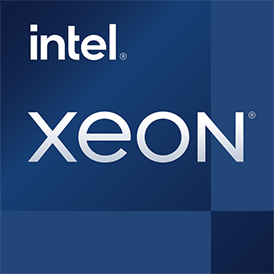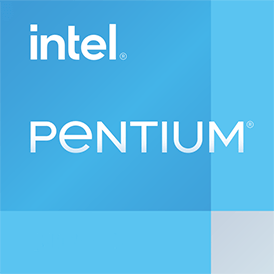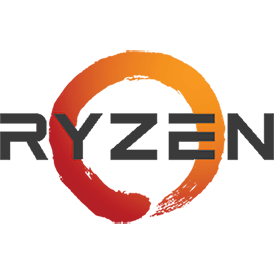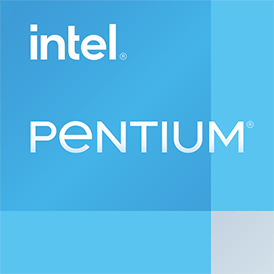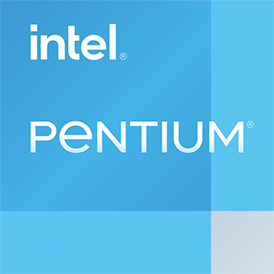Porównanie karty wideo ASUS Turbo GeForce RTX 3080 V2 LHR z kartą wideo Gainward GeForce RTX 4080 Phoenix według specyfikacji i testów porównawczych. ASUS Turbo GeForce RTX 3080 V2 LHR działa z podstawową szybkością zegara 1.440 GHz i ma 10 GB pamięci GDDR6X, podczas gdy karta graficzna Gainward GeForce RTX 4080 Phoenix działa z podstawową szybkością zegara 1.440 GHz i ma 16 GB z GDDR6X pamięci. Waga jest inna, -- i --. TDP pierwszej karty graficznej to 320 W, a drugiej to 320 W . Porównaj wyniki testu porównawczego, aby dowiedzieć się, która karta wideo jest lepsza.


 Russian
Russian  English
English  Germany
Germany  Portuguese
Portuguese  Italian
Italian  French
French  Japan
Japan  Spanish
Spanish  Chinese
Chinese 

